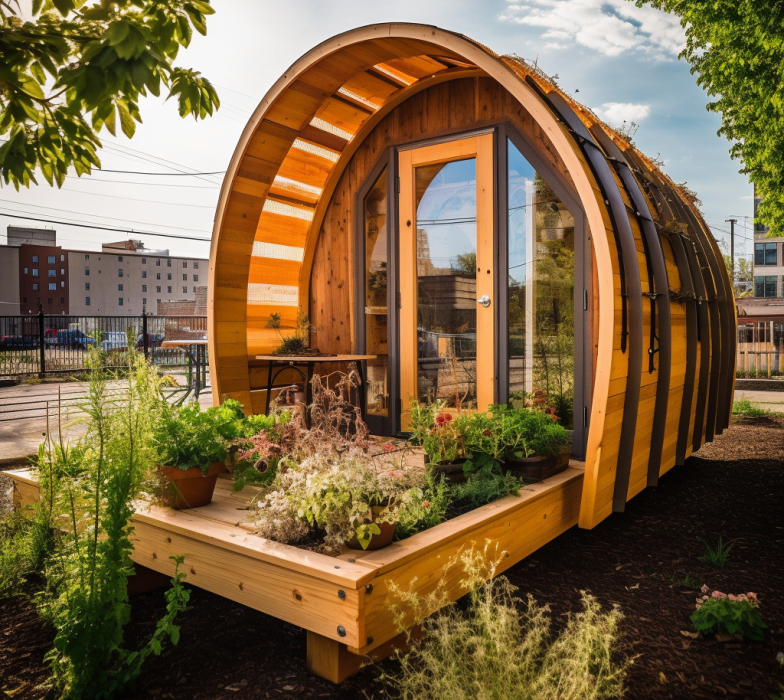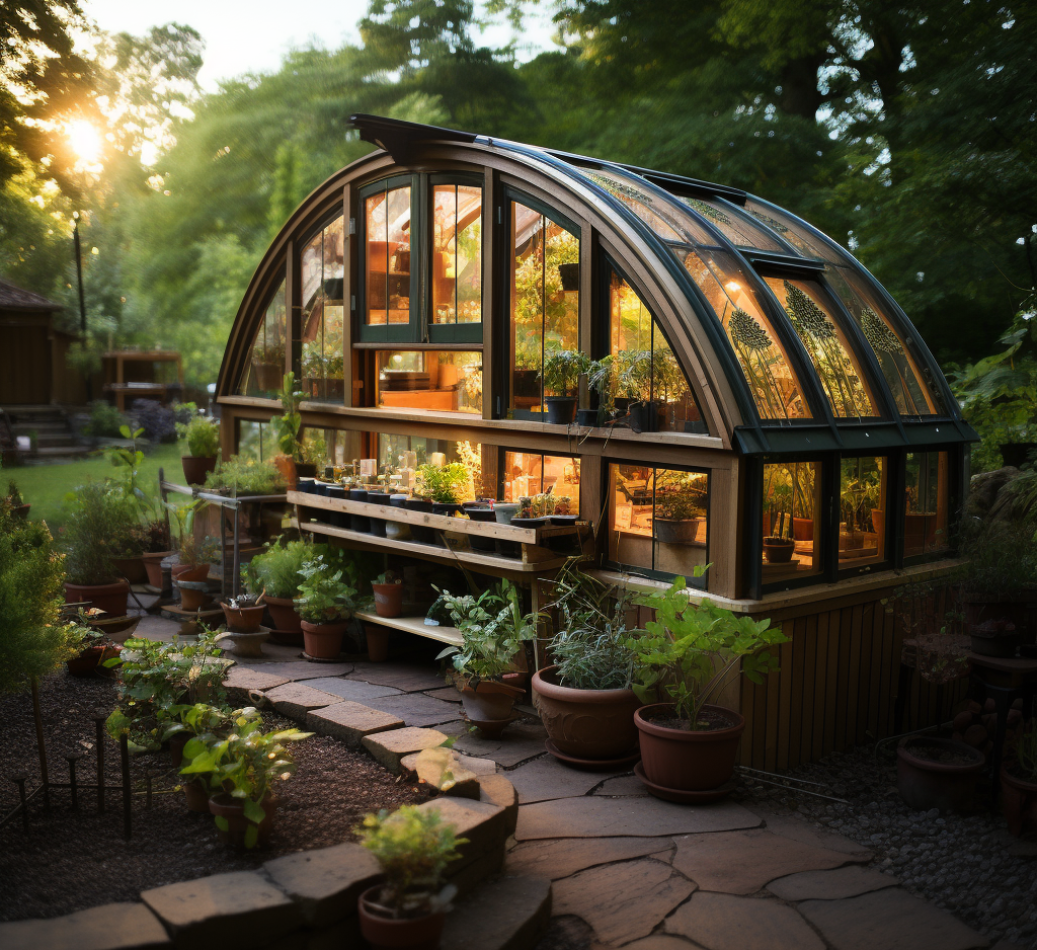Site to Factory Built
HomeSite to Factory Built
Cost Savings
Cost Savings of Factory built homes
Factory production offers significant cost savings compared to traditional construction methods when building homes. Research has shown that leveraging technologies like CNC routing and offsite manufacturing can help address the affordable housing crisis by lowering construction costs. The use of prefab housing has gained attention for its potential to reduce production costs and provide affordable housing options.

“
Imagine a city roughly the size of Los Angeles - that’s how many homes the U.S. is short of right now. There’s a gap of 4 million homes that need to be built to meet the current demand.
Paul Larson
DESIGNER/FOUNDER ARC Havens
Capital costs
Lower initial capital costs
One key advantage of factory production is the ability to lower the initial capital cost of constructing a facility. By utilizing modern manufacturing methods, the initial capital cost can be minimized, resulting in overall cost savings. The Terner Center for Housing Innovation at UC Berkeley conducted a study that found the cost to construct multifamily homes has increased over the past decade. When adjusted for inflation, the cost to build homes using traditional construction methods has risen even higher. This highlights the need for alternative construction methods, such as factory manufactured home production, that can effectively control costs.


Economics
Economies of Scale
Factory production allows for mass production of components, materials, and even entire modules of homes. By producing in bulk, factories benefit from economies of scale, reducing the overall cost per unit. This cost advantage is not easily achievable in traditional construction, where materials are often purchased and used on a project-by-project basis.
Labor Costs
Reduced Labor Costs
Factory production streamlines the construction process by utilizing assembly lines and specialized workers. This leads to increased efficiency, reduced labor requirements, and ultimately lower labor costs. In contrast, traditional construction methods often involve a larger number of workers, with varying skill levels, leading to increased labor expenses.


Time Savings
Decreased Construction Time
The controlled environment of a factory allows for simultaneous construction activities to take place, minimizing delays caused by weather conditions. This results in shorter construction timelines and reduces the financing costs associated with prolonged construction periods. Conversely, traditional construction is more susceptible to weather-related delays, which can extend project timelines and increase costs.
Minimize Waste
Minimized Material Waste
Prefabricating homes enables precise material planning and utilization. Measurements and cuts are pre-determined, minimizing wastage of materials such as lumber, concrete, and insulation. Traditional construction methods often involve on-site cutting and customization, leading to higher material waste and increased expenses.


Quality
Quality Control
Factory production allows for consistent quality control measures to be implemented throughout the construction process. Standardized techniques, inspections, and quality checks ensure that each home meets the required specifications. In traditional construction, quality control can vary significantly due to factors such as human error, varying skill levels, and on-site improvisation, potentially resulting in costly rework or repairs.
Supply Chain
Streamlined Supply Chain
Factory production involves a well-organized supply chain, with materials sourced and delivered in a timely manner. This reduces the risk of delays or shortages, ensuring a continuous workflow and preventing project disruptions. Traditional construction may face challenges in coordinating material deliveries, leading to delays, additional transportation costs, and potential project interruptions.


Conclusion
Factory production of modular homes provides significant cost-saving advantages compared to traditional construction methods. By embracing factory production, builders can achieve cost efficiencies, improve project timelines, and ultimately deliver affordable homes to the market.
Let’s build your new home
Learn more about our innovative and sustainable design and construction process!

